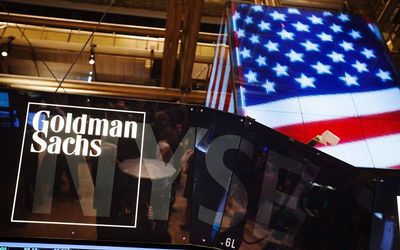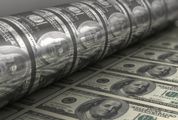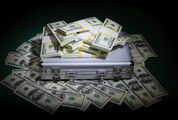Goldman says the years of emerging-market doldrums are over
by Ye Xie,
2015-11-21 10:44:36.0
NEW YORK — After three years of disappointment, emerging markets are about to turn the corner, Goldman Sachs Group predicts.
As growth picks up and weaker currencies help alleviate economic imbalances, "2016 could be the year emerging market assets put in a bottom and start to find their feet," strategists led by Kamakshya Trivedi wrote in a note on Thursday. "There is the prospect of improved growth and better returns, even if it is not a rerun of the roaring 2000s."
Some countries are better positioned than others. While Colombia, SA, Turkey and Malaysia still need to tackle their current-account imbalances, Russia, India and Poland are among nations that have improved enough for their assets to rally, according to Goldman Sachs.
Emerging-market currencies, which have tumbled this year, are no longer "expensive."
The New York-based firm is joining a handful of investors who have become more upbeat about developing economies after their currencies fell to record lows and stocks trailed developed-market peers by 51 percentage points over the last three years. Franklin Templeton has said the sell-off has opened up buying opportunities not seen for decades.
Growth pickup
Goldman Sachs predicted that developing countries will grow 4.9% next year, from an estimated 4.4% in 2015, marking the first acceleration since 2010. While it is still below the long-term trend, the improvement can only help boost investor confidence given the current "widespread bearishness," the analysts wrote.
"We would part ways with the extreme pessimism that we sometimes encounter about the long-term prospects for emerging market assets," they said.
The MSCI Emerging Markets Index rose 0.5% at 10.31am in London, extending its weekly advance to 2.5%. A gauge of 20 developing-nation currencies gained 0.8% in the past five days, paring this year’s slide to 12%.
Goldman Sachs said the biggest risk is a "significant depreciation" of the yuan. A stronger dollar and slower growth in China may prompt policy makers to allow the currency to fall with a spillover effect rippling through emerging markets, the report said.
"In our view, the fallout from such a shift is the primary risk," the analysts said.
Bloomberg

The Goldman Sachs logo. Picture: REUTERS
NEW YORK — After three years of disappointment, emerging markets are about to turn the corner, Goldman Sachs Group predicts.
As growth picks up and weaker currencies help alleviate economic imbalances, "2016 could be the year emerging market assets put in a bottom and start to find their feet," strategists led by Kamakshya Trivedi wrote in a note on Thursday. "There is the prospect of improved growth and better returns, even if it is not a rerun of the roaring 2000s."
Some countries are better positioned than others. While Colombia, SA, Turkey and Malaysia still need to tackle their current-account imbalances, Russia, India and Poland are among nations that have improved enough for their assets to rally, according to Goldman Sachs.
Emerging-market currencies, which have tumbled this year, are no longer "expensive."
The New York-based firm is joining a handful of investors who have become more upbeat about developing economies after their currencies fell to record lows and stocks trailed developed-market peers by 51 percentage points over the last three years. Franklin Templeton has said the sell-off has opened up buying opportunities not seen for decades.
Growth pickup
Goldman Sachs predicted that developing countries will grow 4.9% next year, from an estimated 4.4% in 2015, marking the first acceleration since 2010. While it is still below the long-term trend, the improvement can only help boost investor confidence given the current "widespread bearishness," the analysts wrote.
"We would part ways with the extreme pessimism that we sometimes encounter about the long-term prospects for emerging market assets," they said.
The MSCI Emerging Markets Index rose 0.5% at 10.31am in London, extending its weekly advance to 2.5%. A gauge of 20 developing-nation currencies gained 0.8% in the past five days, paring this year’s slide to 12%.
Goldman Sachs said the biggest risk is a "significant depreciation" of the yuan. A stronger dollar and slower growth in China may prompt policy makers to allow the currency to fall with a spillover effect rippling through emerging markets, the report said.
"In our view, the fallout from such a shift is the primary risk," the analysts said.
Bloomberg























Change: 0.95%
Change: 1.07%
Change: 0.81%
Change: 0.88%
Change: 1.95%
Data supplied by Profile Data
Change: 0.00%
Change: 0.00%
Change: 0.95%
Change: 0.00%
Change: 0.00%
Data supplied by Profile Data
Change: 0.02%
Change: 0.00%
Change: -0.27%
Change: -0.08%
Change: 0.00%
Data supplied by Profile Data
Change: 0.00%
Change: 0.00%
Change: 0.00%
Change: 0.00%
Change: 0.00%
Data supplied by Profile Data